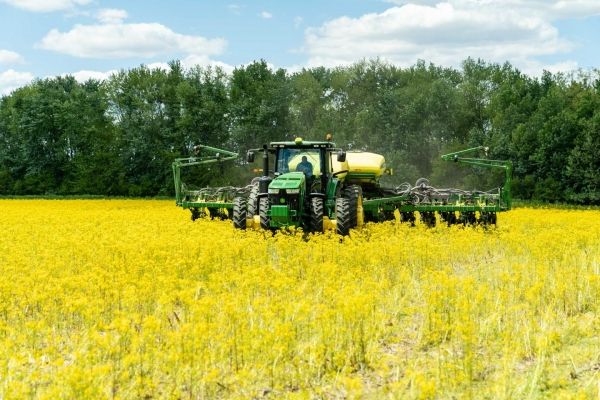A key factor in America’s prodigious agricultural output turns out to be something farmers can do little to control: clean air. A new Stanford-led study estimates pollution reductions between 1999 and 2019 contributed to about 20 percent of the increase in corn and soybean yield gains during that period – an amount worth about $5 billion per year.
The analysis, published this week in Environmental Research Letters, reveals that four key air pollutants are particularly damaging to crops, and accounted for an average loss of about 5 percent of corn and soybean production over the study period. The findings could help inform technology and policy changes to benefit American agriculture, and underscore the value of reducing air pollution in other parts of the world.
“Air pollution impacts have been hard to measure in the past, because two farmers even just 10 miles apart can be facing very different air quality. By using satellites, we were able to measure very fine scale patterns and unpack the role of different pollutants,” said study lead author David Lobell, the Gloria and Richard Kushel Director of the Center on Food Security and the Environment.
Read More: Stanford University
A farmer plants soybeans using a no-till planter in Vincennes, Indiana. (Photo Credit: Brandon O'Connor / Natural Resources Conservation Service)


